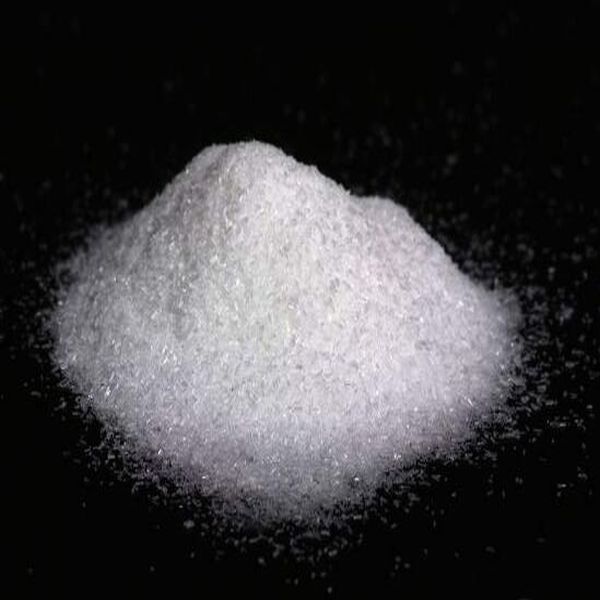Bentazon is a selective and contact post-emergence herbicide. It is used to control broad-leaved weeds and sedges of rice, peanuts, corn, wheat and soybeans. It is not effective for grass weeds.
Weeding mechanism:
Bentazon mainly accelerates the death of plant somatic cells by inhibiting the physiological mechanisms of photosynthesis, respiration, and water metabolism of green plants, thereby causing the death of weeds. Therefore, based on this weeding mechanism, Bentazon has excellent weed control effects and herbicides. Broad spectrum and resistance to drug resistance.
Features:
Bentazon is a heterocyclic compound. It is a selective post-emergence herbicide. It is used for the treatment of stems and leaves at the seedling stage, and acts through the contact of leaves. Use in dry fields. Firstly through the leaf surface penetration and conduction into the chloroplast body to inhibit photosynthesis; paddy fields use both photosynthesis and water metabolism, causing nutrient starvation, causing physiological dysfunction and death. The active ingredients are metabolized in the tolerant crops to weakly active sugar conjugates and detoxified. It is safe for soybean, corn, rice, wheat, peanut, kidney bean, pea, onion, sugarcane, etc., and the herbicide can be decomposed by microorganisms in the soil 8 to 18 weeks after application.
Benzopine is often mixed with herbicide ingredients such as 2A4chloro, fomesafen, imazethapyr, teflurazine, quizalofop, atrazine, and isoxazone to produce compound herbicides .
Applicable crops and control objects:
This product is a contact-type, selective post-emergence herbicide. Seedling treatment works through leaf contact. When used in dry fields, it penetrates into the chloroplast through the leaves to inhibit photosynthesis; when used in paddy fields, it can also be absorbed by the root system and transmitted to the stems and leaves, hindering the photosynthesis of weeds and water metabolism, and causing dysfunction of physiological functions. Mainly used to control dicotyledonous weeds, paddy field sedge and other monocotyledonous weeds, so it is a good herbicide for rice fields. It can also be used for weeding wheat, soybean, cotton, peanut and other upland crops, such as trigonum, sedge, rhododendron, cattle felt, stilt grass, wild water chestnut, hogweed, polygonum, amaranth, quinoa , Every grass, etc. The effect is good on high temperature and sunny days, otherwise the effect is poor. The dosage is 9.8~30g active ingredient/100m2. For example, weeds and sedges will be merged to 3 to 5 leaf stage after weeding in rice field 3 to 4 weeks after seedling, use 48% liquid agent 20-30mL/100m2 or 25% water agent 45-60mL/100m2, water 4.5 kg, the field water is drained when the pesticide is applied, the temperature is high and the wind is clear, and the agent is evenly applied to the weed stems and leaves, and then irrigated for 1 to 2 days to prevent sedge weeds and broad-leaved weeds. Not good for barnyard grass.
Post time: Jul-09-2020
